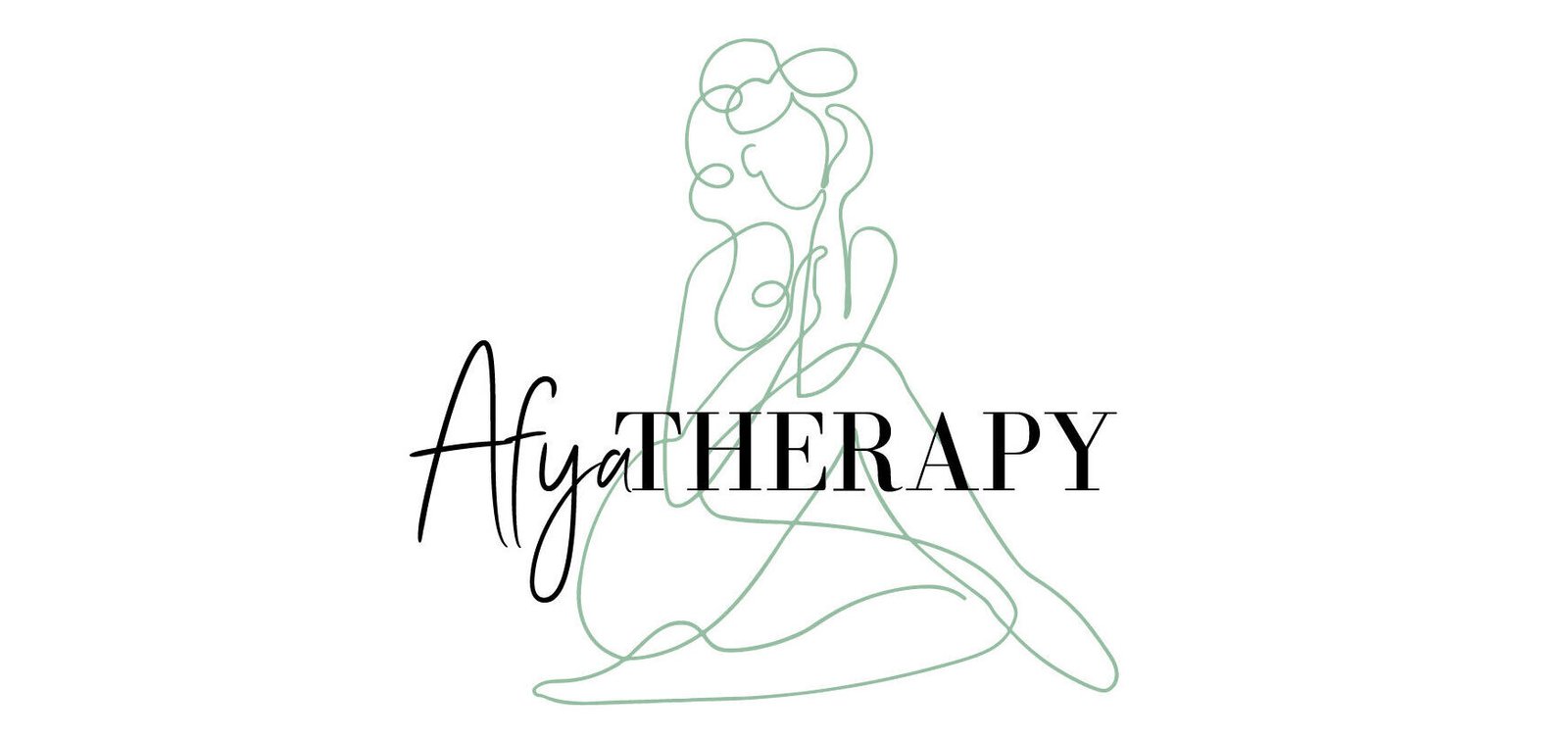The Different States of Consciousness
The concept of consciousness refers to our level of awareness of internal thoughts and feelings, as well as our external environment. Traditionally, consciousness has been categorised into basic states such as waking consciousness, and various stages of sleep, including rapid eye movement (REM) sleep and non-REM sleep. However, special states of consciousness, such as those induced by meditation, psychoactive substances, or hypnosis, offer additional perspectives on the human mind's capabilities and variations in perceptual experience. Here, we'll explore these traditional and special states, with a focus on hypnosis and how it differs from the others.
Waking Consciousness
Waking consciousness is characterised by alertness, awareness, and interaction with our surroundings. It's the state in which we spend most of our day, engaging in tasks, making decisions, and processing vast amounts of sensory information. Cognitive functions such as perception, reasoning, and memory are fully operational.
Sleep: REM and Non-REM
Sleep is divided into REM and non-REM stages, each with distinct features:
- REM Sleep: This phase is associated with vivid dreaming, rapid eye movements, and increased brain activity that resembles wakefulness. Despite this activity, the body experiences muscle atonia, preventing the acting out of dreams.
- Non-REM Sleep: This includes several stages, from light to deep sleep. Deep non-REM sleep is crucial for physical and psychological restoration, featuring slow brain waves, reduced body temperature, and slowed heart rate.
Hypnosis
Hypnosis is a special state of consciousness characterised by increased suggestibility, deep relaxation, and focused attention. It is often described as a trance state, where an individual can experience changes in perception, sensation, and memory. Unlike waking consciousness, hypnosis can facilitate access to unconscious thoughts or memories and is used for various therapeutic purposes, such as pain management, anxiety reduction, and behaviour change.
How Hypnosis Differs from Other States
- Control and Suggestibility: Unlike the autonomous processing of waking consciousness or the involuntary nature of sleep, hypnosis involves a cooperative interaction between the hypnotist and the subject. The subject's openness to suggestion is a hallmark of hypnosis, distinguishing it from the more self-directed focus of waking consciousness and the passive experience of sleep.
- Awareness and Focus: While waking consciousness is characterised by a broad awareness of one's environment, hypnosis narrows this focus intensely. This focused attention under hypnosis is different from the scattered attention of waking life and the unconscious state of deep sleep.
- Physiological State: The physiological state during hypnosis can resemble relaxation techniques and meditation, with decreased heart rate and blood pressure, resembling the restorative stages of sleep. However, unlike sleep, individuals under hypnosis remain awake, responsive to suggestions, and able to recall the experience afterward.
- Purpose and Use: The purpose of hypnosis sets it apart. While sleep serves physical and cognitive restoration and waking consciousness enables daily functioning, hypnosis is often employed for specific therapeutic or performance-enhancing goals, leveraging the mind's ability to influence perception and behaviour.
In summary, hypnosis represents a unique state of consciousness that combines elements of wakefulness (such as awareness and memory) with a relaxation and suggestibility that can seem akin to sleep states. Its therapeutic potential highlights the mind's remarkable flexibility and the blurred lines between different states of consciousness.
Here are a few additional links you may be interested in:-
https://afyatherapy.com/guide-to-meditation-page/
https://afyatherapy.com/mantras_and_the_science/
https://afyatherapy.com/what-is-hypnotherapy/
https://afyatherapy.com/requestchat/
